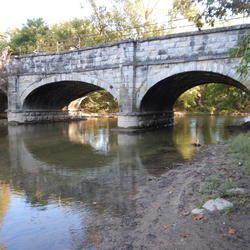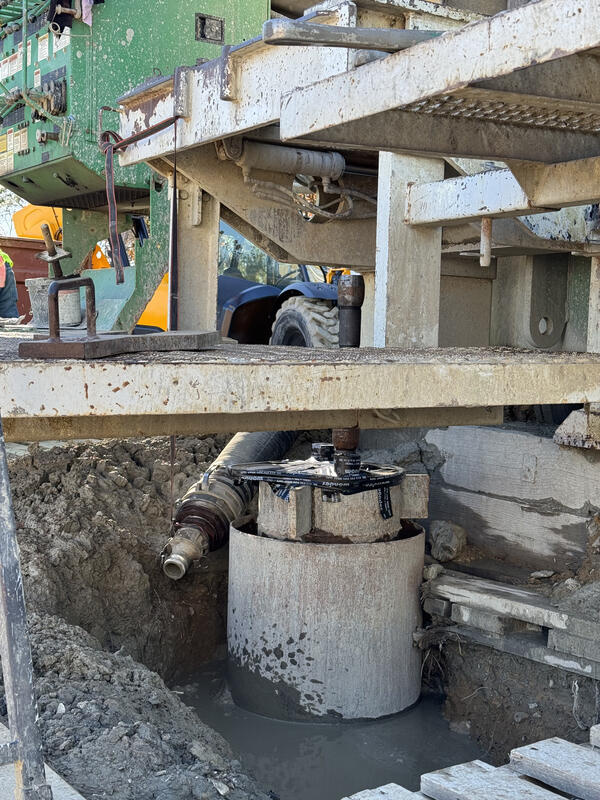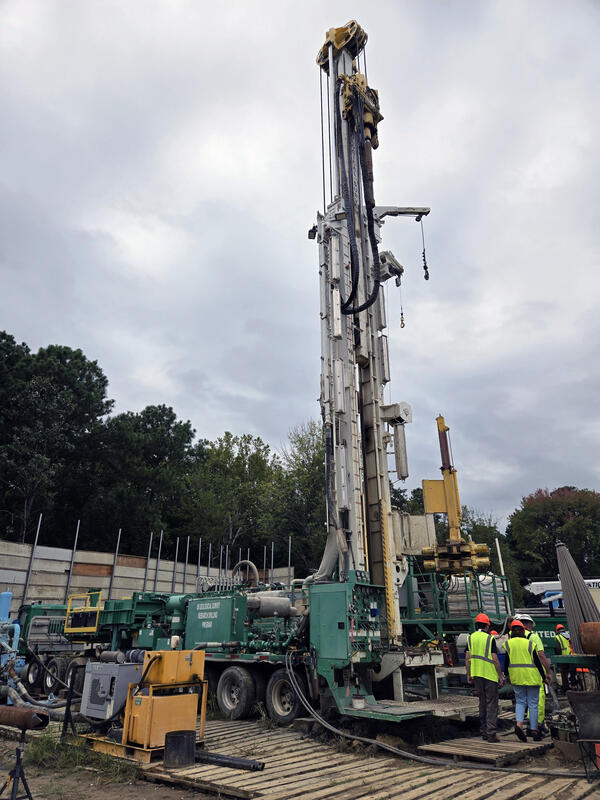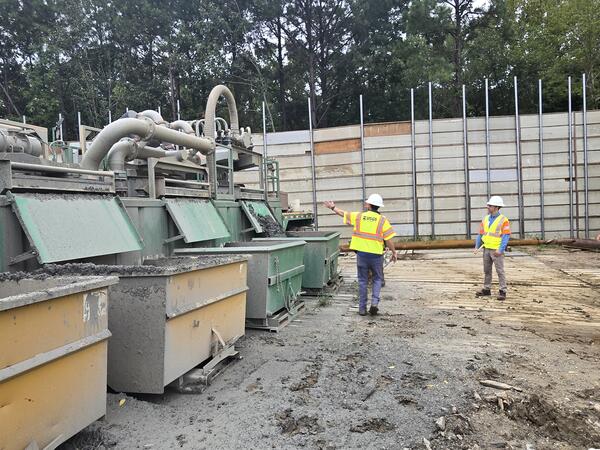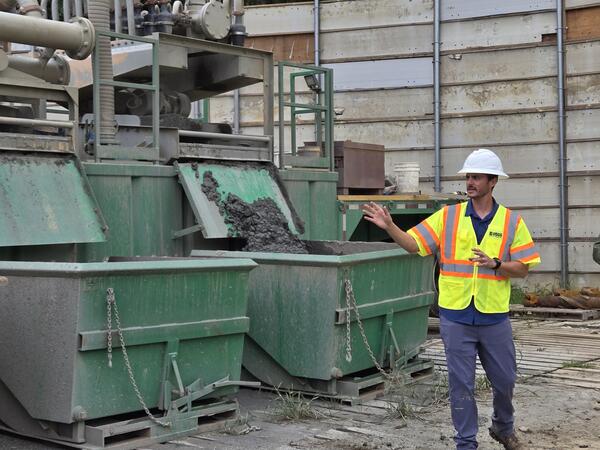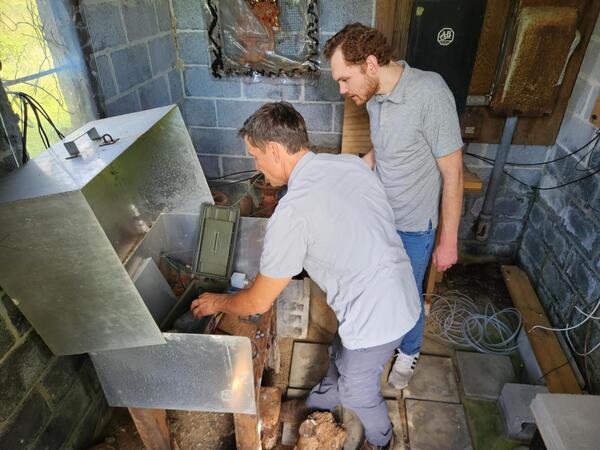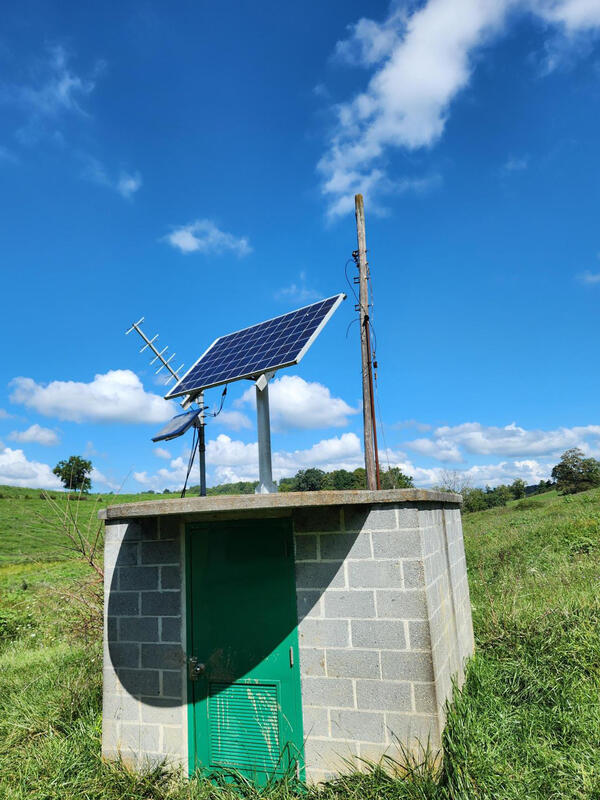Grab Our Data (and See Where We Work)
We operate and maintain extensive monitoring networks and conduct hydrologic investigations to quantify each component of the hydrologic cycle.
Nontidal Network Mapper Updates
The Nontidal Network Mapper has been updated with the latest short-term total nitrogen, total phosphorus, and suspended-sediment load and trend data for water years 2014 to 2023..
Virginia and West Virginia Groundwater Levels and Trends
See current groundwater levels and trends at continuous groundwater wells across Virginia and West Virginia.
Explore Essential Tools and Products
Explore our scientific and data-driven web tools that include data visualizations, digital repositories, and interactive maps with data access and data analysis capabilities.
Northeast Region Drought Streamflow Probabilities
Explore drought probabilities for select streams estimated using maximum likelihood regression. Winter streamflows are used to estimate the chance of hydrologic drought during summer months 5 to 11 months in advance.
Latest Worldwide Earthquakes detected by Virginia Well
2025 Eastern Kamchatka, Russia Earthquake causes water level fluctuations in Christiansburg, VA groundwater
Virginia and West Virginia Water Science Center
Welcome to the Virginia and West Virginia Water Science Center. We deliver timely and reliable data, advanced interpretive science, and tools needed to understand the water resources of Virginia and West Virginia in support of effective decision making.
Need assistance? Contact us through our Connect page.




